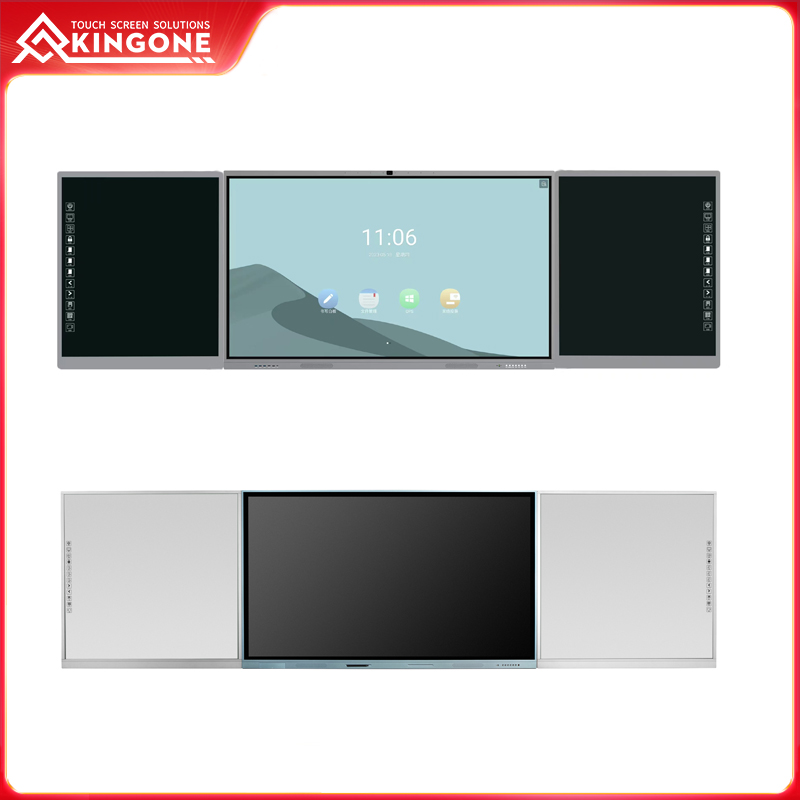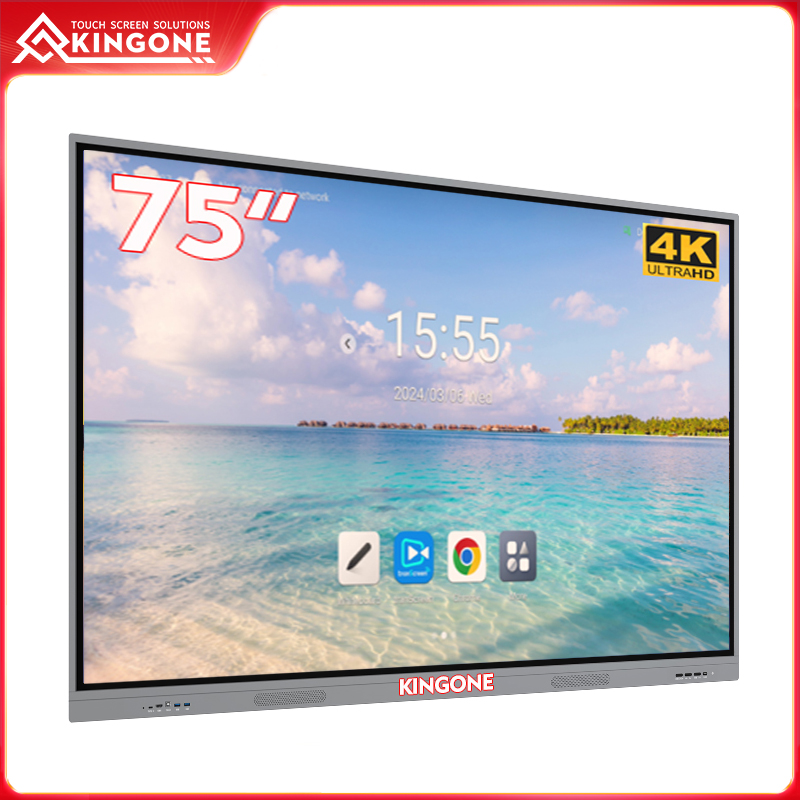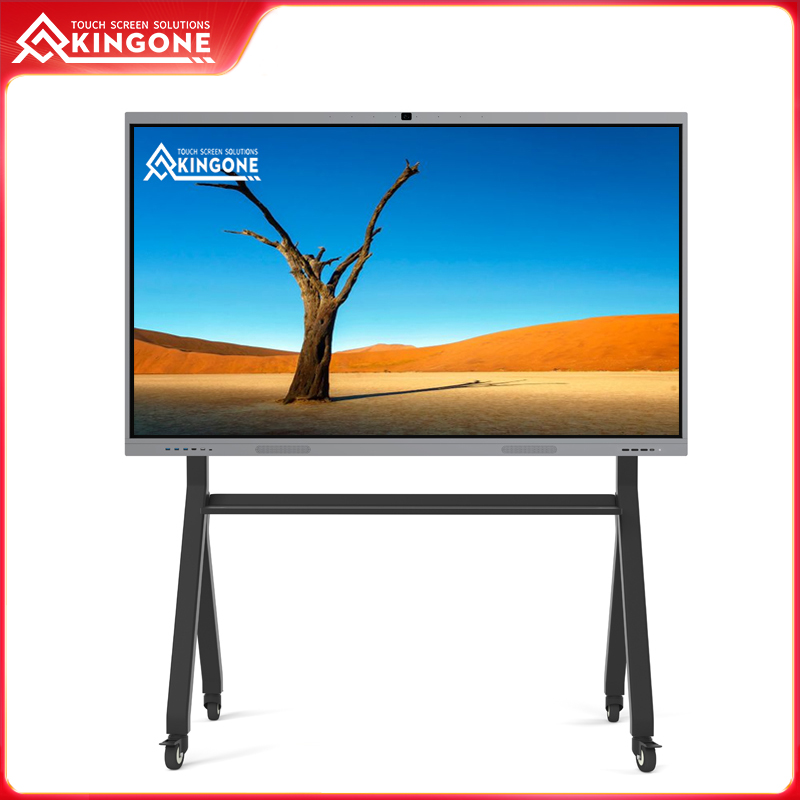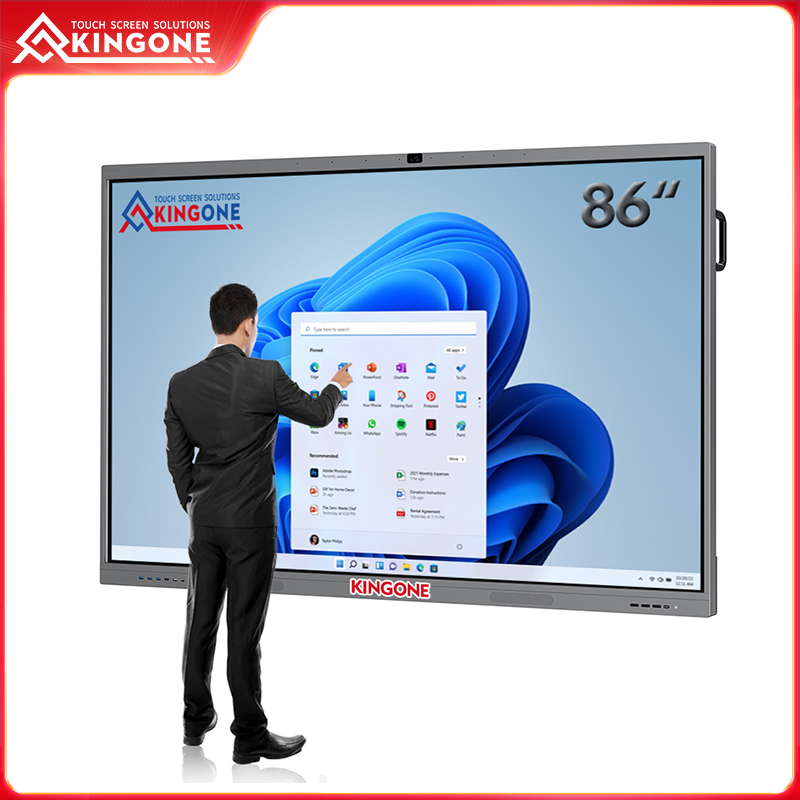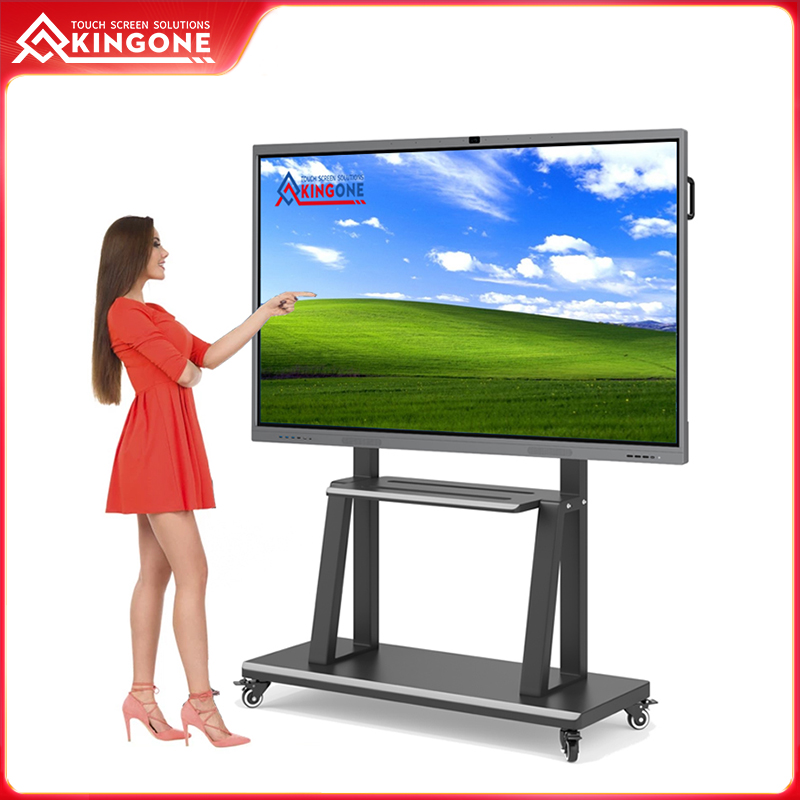Library interactive touch screen all-in-one machine: meeting the diverse needs of users
Published:
2024-11-11 14:53:57
Discover how library interactive touch screen all-in-one machines enhance user experience, meeting diverse needs for modern libraries.
Libraries have long been considered information hubs where people learn and expand their horizons. However, with the rapid development of technology, libraries face many challenges to remain relevant in today's new digital world. Interactive touchscreen kiosk technology plays a key role in the digitalization of libraries, making libraries more dynamic and interactive spaces for users to enjoy.
In addition, self-service kiosks can provide other services such as account management, fine payment, and the ability to reserve or renew items. By integrating these kiosks, libraries have optimized the user experience and adopted a more efficient self-service model in line with the trend of contemporary digital practices.

How do libraries use interactive touchscreen kiosks?
Interactive touchscreen kiosks can be integrated into the library environment in many ways.
Browse the catalog
Interactive touchscreen kiosks are used for document management, helping visitors to easily find available resources in the library. Users can quickly search for resources by type, category or use keywords to view available resources. Many libraries include all resources in their catalog search, including multimedia content, podcasts, interviews, documentaries, manuscripts, music, etc.
Find Resources
Way-of-Way Kiosks in libraries help visitors pinpoint the exact location of the resources they want to see. Providing users with a digital map, way-of-way kiosks display animated paths from the kiosk to the shelf location without the need to ask a librarian for help. It’s a quick and easy way to navigate a large, resource-rich library.
Information Center
Interactive touchscreen kiosks serve as the library’s information center. Instead of waiting for a librarian to become available, library visitors can find answers on their own using the self-service touchscreen kiosks. Simple questions like “how do I connect to the internet” and “how do I apply for a library card” can be answered, while also promoting upcoming library community events. Self-service kiosks give users the satisfaction of getting answers to their questions quickly and easily, while saving library staff a ton of time, allowing them to focus on serving visitors with more complex needs.
Interactive Learning
Children are often more receptive to interactive learning. Incorporating touchscreen kiosks in the children’s area of the library opens up a world of interactive storytelling and educational experiences for children. Digital books, interactive illustrations, and touch-based activities inspire, engage, and encourage a love of reading and learning from an early age.
For older students, touchscreen kiosks can be used as study aids, providing quizzes, flashcards, and educational resources to help them learn and understand a variety of subjects.
Virtual Tours and Exhibitions
Interactive touchscreen kiosks enable virtual tours of historical landmarks, famous museums, and other important attractions. Libraries can work with institutions around the world to create immersive virtual experiences for visitors.
Libraries can also host digital exhibitions on touchscreen kiosks to showcase rare artifacts, art collections, and historical documents that are difficult to access due to preservation issues. This opens up new avenues for cultural exchange and global learning opportunities.
Self-service borrowing
Kiosks are used in libraries for self-service for visitors to borrow or reserve books and resources. Users can scan their library cards and follow on-screen instructions by touching the screen to enter the required information. They can also print receipts or send emails for confirmation and pay any late fees. The self-service checkout experience can reduce queues during busy hours and reduce the burden on library staff.
In short, interactive touchscreen kiosks bring rich functions and convenience to libraries, which has strongly promoted the development and innovation of libraries. I believe that in the future, it will continue to play an important role in providing readers with better services and experiences.
 English
English

